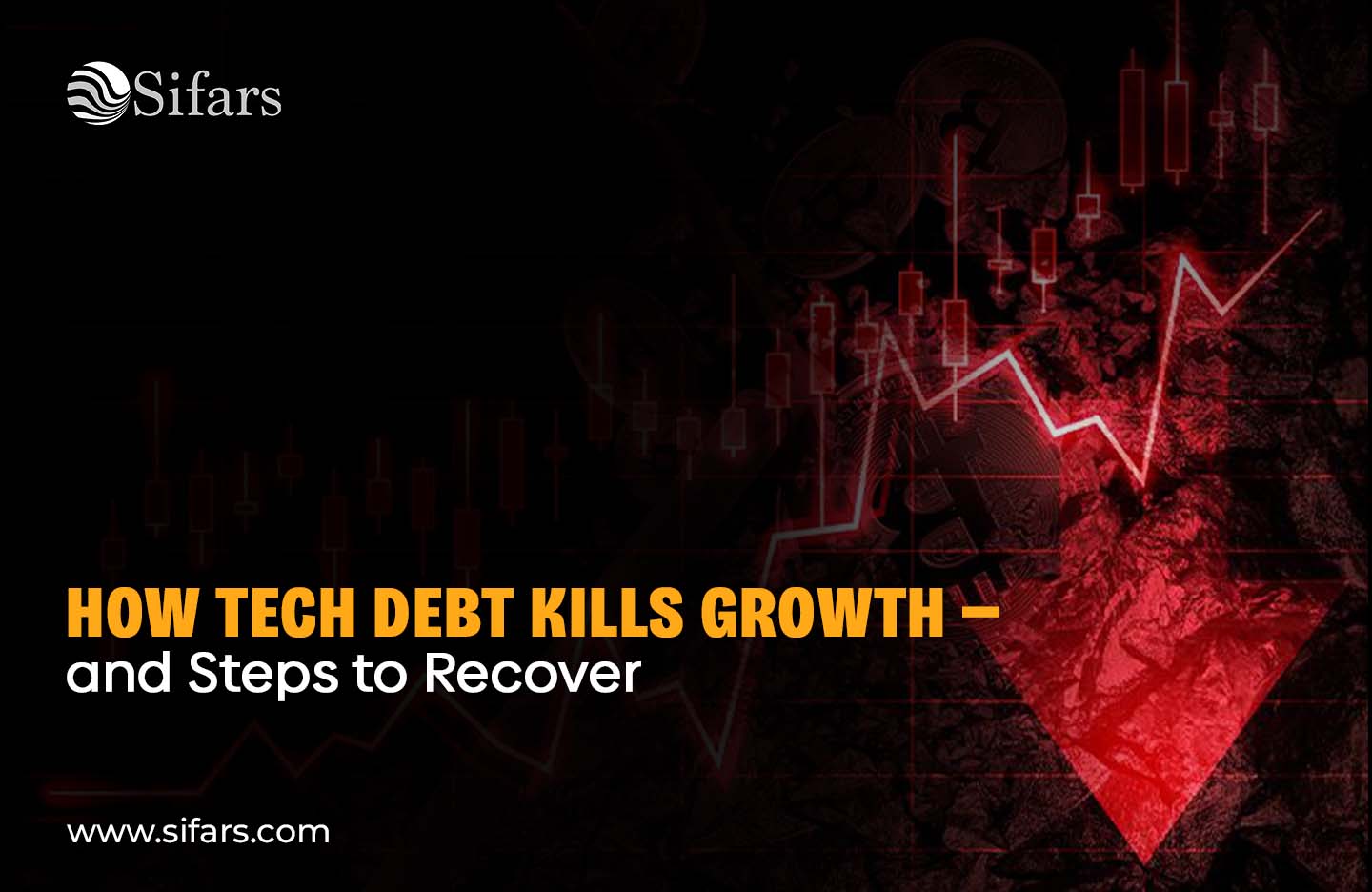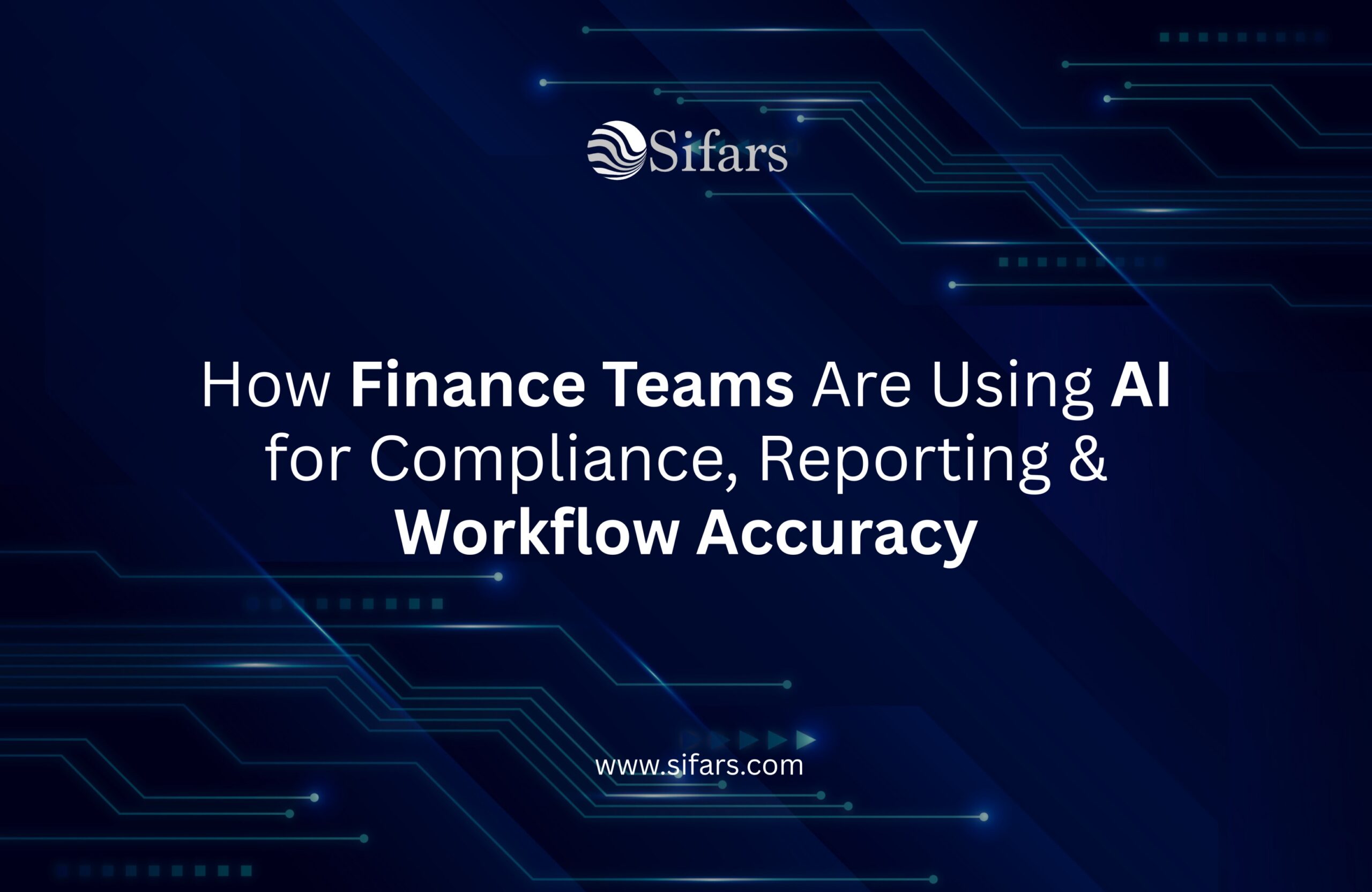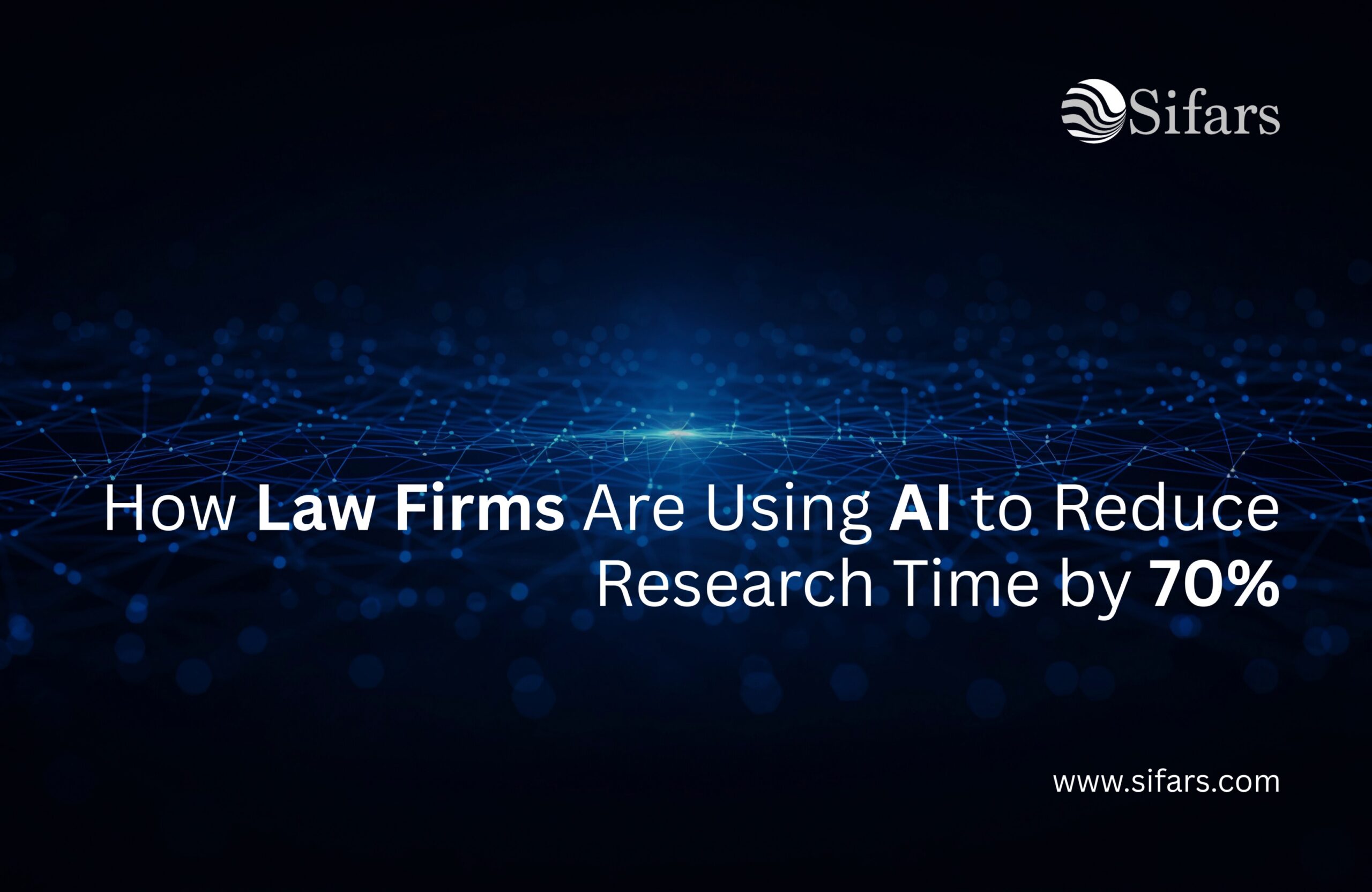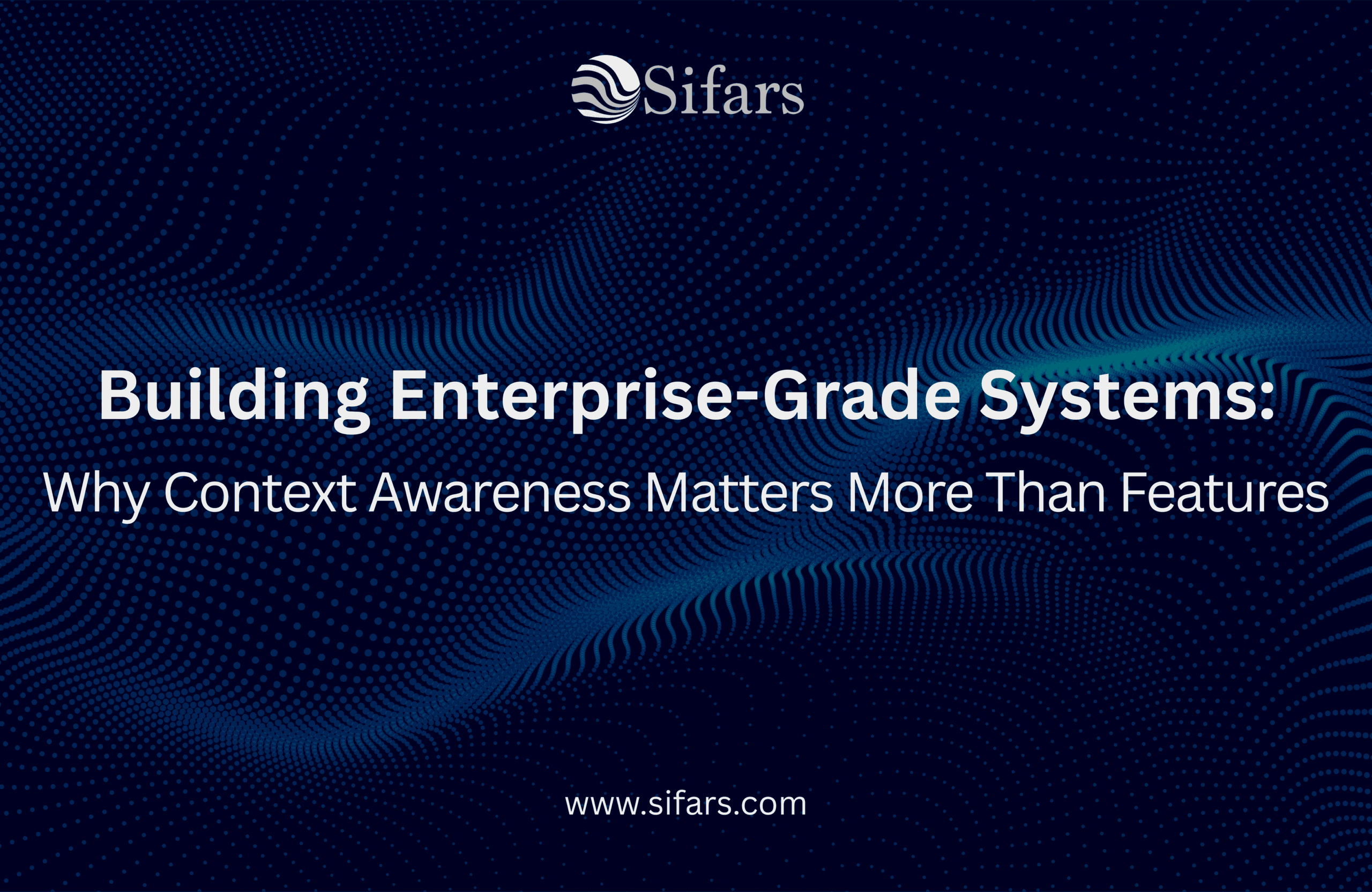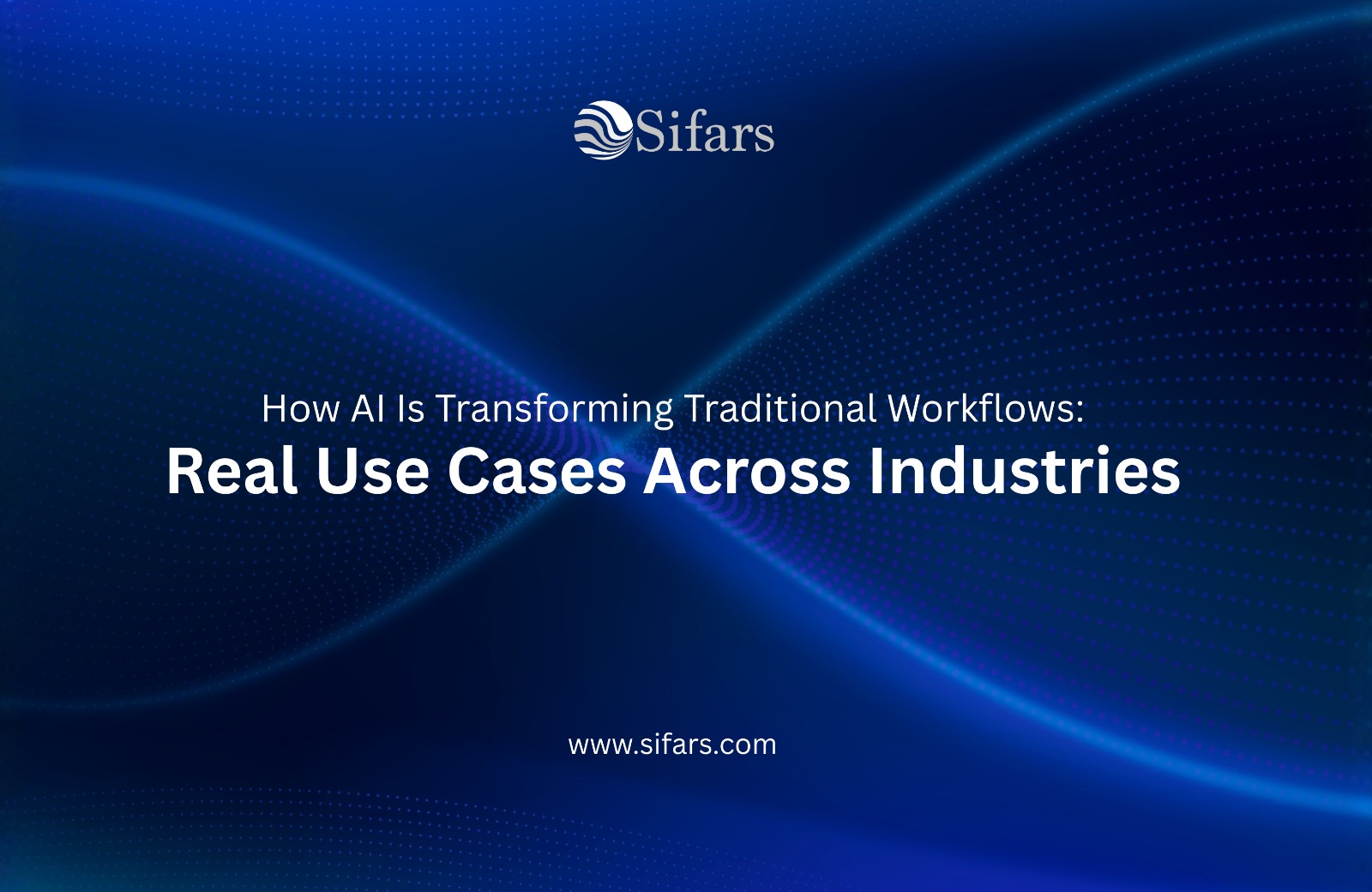When organizations do speak of growth challenges, the focus tends to be outward-facing — market competition, customer acquisition or pricing pressure. What’s less visible is a much quieter problem occurring within the organization: slow, outdated internal tools.
They don’t manifest themselves in a single line item on a balance sheet. They don’t trigger immediate alarms. But eventually they slowly drain productivity, delay decisions, frustrate teams and hold back growth much more than most leaders ever recognize.
Enterprise growth knows no bounds in a digital first economy, no longer hinged on ambition or ideas. It is only as good as its internal systems work.
Why Internal Tools Matter Now More Than Ever
Today’s companies rely on proprietary software for everything from operations and sales, to HR and logistics. When these systems are sluggish, disconnected and difficult to use, no one on your team feels the effects more than that team itself.
Employees waste time looking for things, rather than getting work done. The basic things are done through the multiple steps/ approvals/manual workarounds. Data resides across disparate tools, causing teams to switch contexts repeatedly throughout the day.
These individual battles may look like small ones. Together, they generate huge friction that accelerates at scale.
The High Price of Slow Internal Tools
Slow internal tools hinder more than just efficiency — the entire growth engine of a company is effected.
- Quickly Adds Up to Lost Productivity
When applications fail to load or processes are unclear, employees waste hours every week waiting for pages to load, looking for data or fixing preventable errors. Over hundreds or thousands of employees, this amount to thousands of unproductive hours lost every month.
- Slower Decision-Making
Decision makers need the right information at the right time. When dashboards are stale, reports are manual and insights take days to put together, decisions get delayed — or worse, made based on incomplete information. Growth doesn’t decline from bad leadership so much as it is limited by systems that can’t handle the pace.
- Rising Operational Costs
Slow tools typically force companies to make up for the loss with humans. More hand work is folded in, to control things that ought to be automated. With time, costs go up but output does not improve in quality or quantity.
- Declining Employee Experience
Talented professionals expect modern tools. Their frustration boils over when they’re forced to deal with clunky systems. Engagement goes down, burnout goes up, and retaining high-performing employees gets more difficult — particularly in tech and operations.
- Limited Ability to Scale
Whatever works for mammals at a smaller scale is often broken on the way up. Systems of the past battle with more and more data, users and transactions. Rather than facilitating growth, internal tools turn into bottlenecks and end up dictating the pace at which a business can expand.
Why Slow Tools Persist for So Long in the Enterprise
A lot of organizations are loath to replace clunky internal systems because “they work.” Swapping them out, or retrofitting them, can seem risky, costly or invasive. Teams evolve organically with shortcuts and abuses that obscure the real cost.
But that tolerance creates an insidious problem: The business looks like it’s operating while gradually losing speed, agility and competitiveness.
How They Solve This In The Modern Enterprise
Top-performing companies don’t chase more tools — they redraw how work flows through systems.
They simplify workflows, cut out unnecessary steps and tailor the software to how teams are working. And only modern cloud-native infrastructure, user experience design, automation and converged data platforms can remove the friction at each stage.
Most importantly, they regard internal tools as strategic assets — not just IT infrastructure.
How Sifars Is Empowering Businesses to Unblock Their Growth
At Sifars, we help fast-growing organizations understand where their internal tools are holding them back — and how to fix this without distracting their teams.
We partner with enterprises to replatform their businesses — and their customer experiences — for a new reality, where all digital experiences are more critical than ever to protect and grow your business.
The payoff is faster execution, better decisions, happier teams and systems that scale as the business grows.
Final Thoughts
Sluggish internal tools typically don’t lead to instant failure — they silently cap growth potential. In the hypercompetitive environment of today, companies can’t afford to let friction determine pace.
Success doesn’t scale just by being smarter or having a larger team. It’s born of systems that empower people to do their best work fast, with confidence and at scale.
Want to get rid of internal friction and create systems that expand your enterprise?
👉 Talk to Sifars and update your internal tools for consistent performance.


